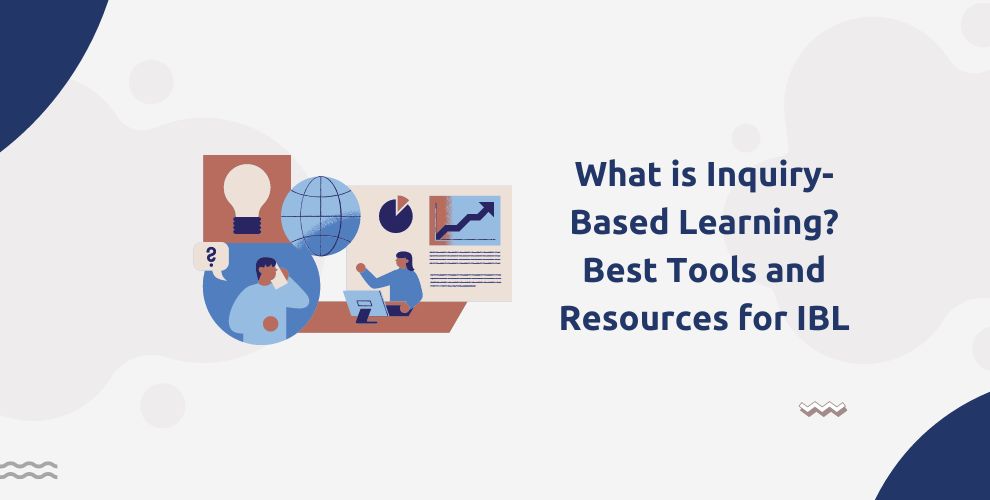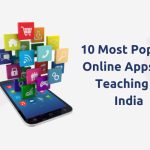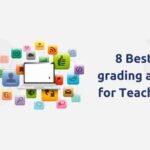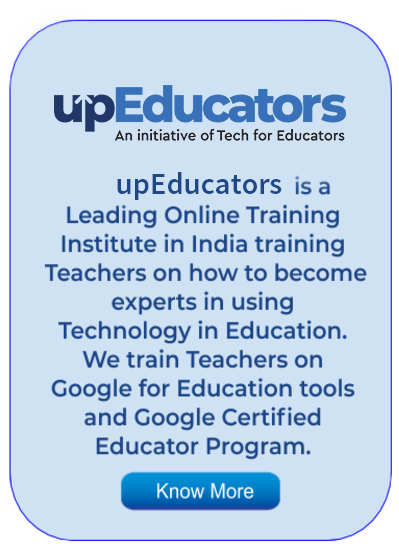A high school science teacher had always been a traditional instructor, relying heavily on lectures and textbook readings to deliver information to his students. He had heard of inquiry-based learning but never fully embraced it in his classroom.
As a result, his students struggled to make connections between the information they were learning and the world around them. They often found it difficult to understand and retain the material, as it was presented in a disconnected and unengaging way.
For example, when teaching about photosynthesis, he would simply lecture on the process and have students read about it in their textbooks. He did not provide opportunities for students to ask questions, make observations, or conduct investigations on their own.
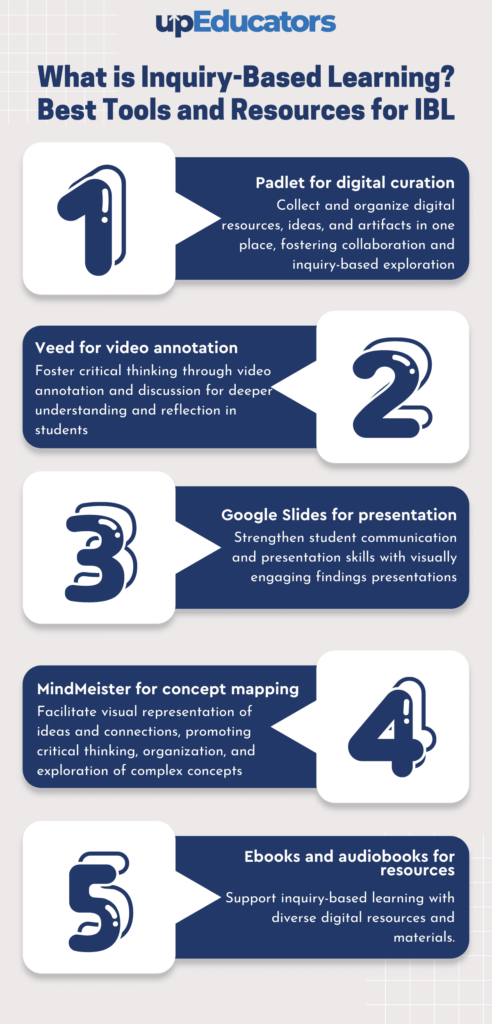
What is Inquiry-Based Learning?
Inquiry-based learning is a method of teaching and learning in which students actively explore real-world problems and questions, rather than passively receive information from a teacher. Students are encouraged to ask their own questions, conduct research, and draw their own conclusions based on the evidence they gather. This approach is often used in science and social studies education but can be applied to any subject area. It is designed to help students develop critical thinking, problem-solving, and research skills.
Tools for Inquiry-Based Learning
Technology can be a powerful tool to support inquiry-based learning in several ways:
- Research and information gathering: The internet and digital databases provide students with access to a vast amount of information, which they can use to explore their questions and hypotheses.
- Collaboration and communication: Online platforms and tools allow students to work together and share their ideas and findings with others, both within and outside of the classroom.
- Data analysis and visualization: Technology can help students analyze data and create visual representations of their findings, making it easier to understand complex information and communicate their results.
- Simulation and modelling: Technology can be used to create simulations and models that help students explore complex systems and phenomena.
- Multimedia production: Students can use technology to create multimedia presentations and digital stories to share their learning with others.
- Access to virtual and remote resources: Technology can provide access to virtual field trips, remote experts, and other resources that can be used to enhance inquiry-based learning activities.
upEducators has trained 5000+ teachers in using digital tools to improve learning in the classroom with courses like Google Certified Educators. Our team of expert trainers provide their insights on how teachers can use different learning methods, digital tools and pedagogies to enhance the learning experience. Here are some tools and resources that teachers can use for improving inquiry-based learning
Padlet (Digital Curation)
Padlet is a digital creation app that can also be used for digital curation, which is the process of selecting, organizing, and preserving digital content. In the context of inquiry-based learning, Padlet can help students by providing them with a tool to curate and organize the digital resources they use during their research and inquiry process.
Firstly, Padlet can be used as a digital bookmarking tool, allowing students to save and organize links to online resources, such as articles, videos, and websites, that they use during their research. This makes it easy for students to access the resources they need, and also allows them to share their resources with others.
Secondly, Padlet can be used to create a digital portfolio of their research and inquiry process. Students can use Padlet to curate and organize their notes, observations, and other forms of evidence that they collect during their research, and present it in a visually appealing way. This can help students to reflect on their learning and demonstrate their understanding of the topic.
Veed (Video Annotation)
Veed is a video annotation app that can be used to support inquiry-based learning by providing students with a tool to analyze and annotate video content, which can help them to explore questions and hypotheses.
Firstly, Veed can be used to analyze video content by providing students with the ability to add time-stamped comments, highlights, and questions directly to the video. This can help students to identify key information, make connections between different parts of the video, and reflect on their learning. Additionally, the use of time stamps can help students to go back to specific parts of the video, which can be especially useful when they are reviewing the material.
Google Slides (Presentation)
Google Slides is a presentation app that can be used to support inquiry-based learning by providing students with a tool to organize, present, and share their research and findings.
Firstly, Google Slides can be used to organize research and findings. Students can use Google Slides to create an outline of their research, which can help them to organize their thoughts and keep track of their progress. Additionally, Google Slides can be used to create digital note cards, which can be used to organize and categorize information.
MindMeister (Concept Mapping)
MindMeister can be used to help students identify and organize their ideas, as well as make connections between different concepts. For example, students can use MindMeister to create a map of their understanding of a topic and then use that map to identify areas where they need further information or clarification. They can also use the tool to explore different perspectives and make connections between different subjects or disciplines.
MindMeister can be used to collaborate with other students or teachers, allowing them to share and build on each other’s ideas. This can foster a sense of community and collaboration, as well as help students learn from one another’s perspectives.
Ebooks and Audiobooks (Resources)
Ebooks and audiobooks apps like Audible and Kindle are great resources for inquiry-based learning in the classroom as they provide students with access to a wide range of texts and multimedia resources, which can help to support their research and inquiry process.
Firstly, ebooks and audiobooks provide students with access to a wide range of texts, including those that may not be available in print form or in the school library. This can help to support inquiry-based learning by providing students with the resources they need to explore their questions and hypotheses.
Secondly, ebooks and audiobooks can help to improve students’ reading comprehension and fluency by providing them with different formats and modes of reading. This can help students to engage with texts in a way that best suits their learning style. Additionally, it can help students who have reading difficulties to access the material and therefore be included in the learning process.
Inquiry-based learning is a teaching method that emphasizes active and self-directed learning. It allows students to take the lead in identifying and exploring questions and concepts. Tools like MindMeister can be very useful in Inquiry-based learning as it provides students with a visual and interactive way to organize their thoughts, make connections, and collaborate with others. It helps students to feel more engaged and invested in their own learning. Other tools like google docs, padlet etc can also be used to enhance inquiry-based learning.
Author: This article is written by Samiya Rashid for upEducators blog.
